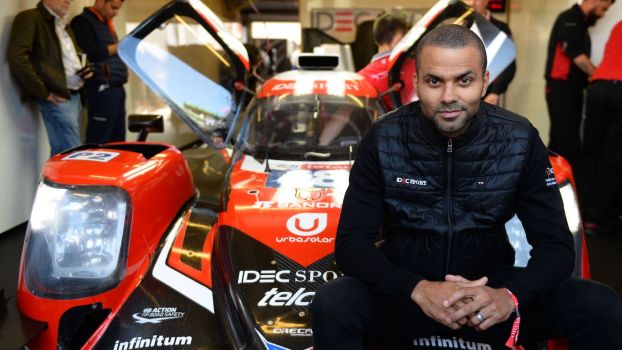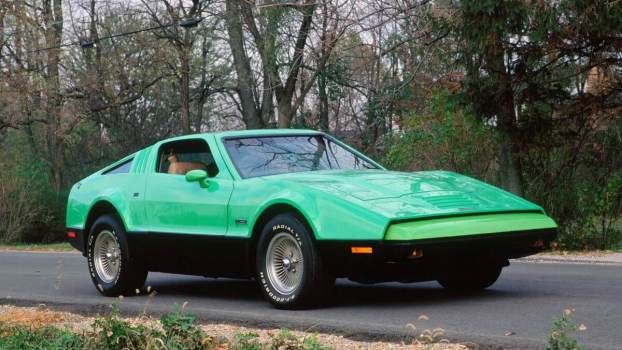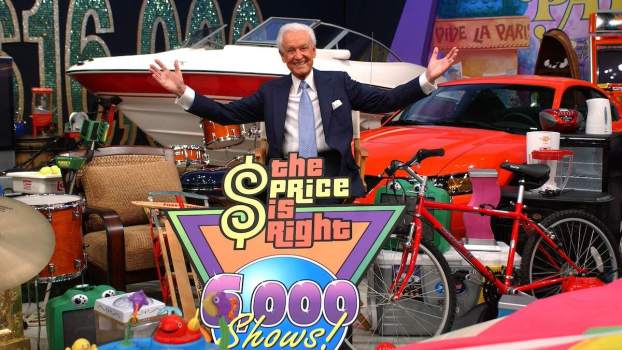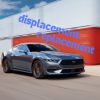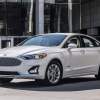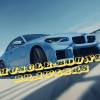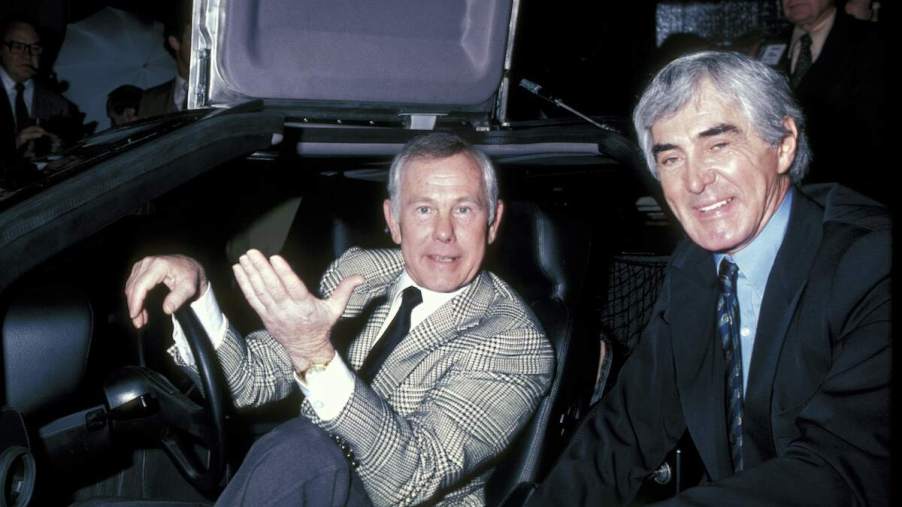
Johnny Carson’s DeLorean Investment Was a $500,000 Mistake
In 1973, General Motors executive John DeLorean left a lucrative dream job to start his own car company. It offered only one product: the eponymous DeLorean, internally dubbed the DeLorean DMC-12. With its radical styling from Giugiaro, gullwing doors, and stainless-steel coachwork, the car was a pop culture icon of the 1980s.
That’s not to say the path to production was easy. Even though DeLorean was a consummate businessman, building an automaker from the ground up is no easy task, especially amid an economic recession. Assorted delays that stretched over half a decade required raising additional capital, some of which came from the “King of Late Night,” Johnny Carson.
Who invested in John DeLorean?
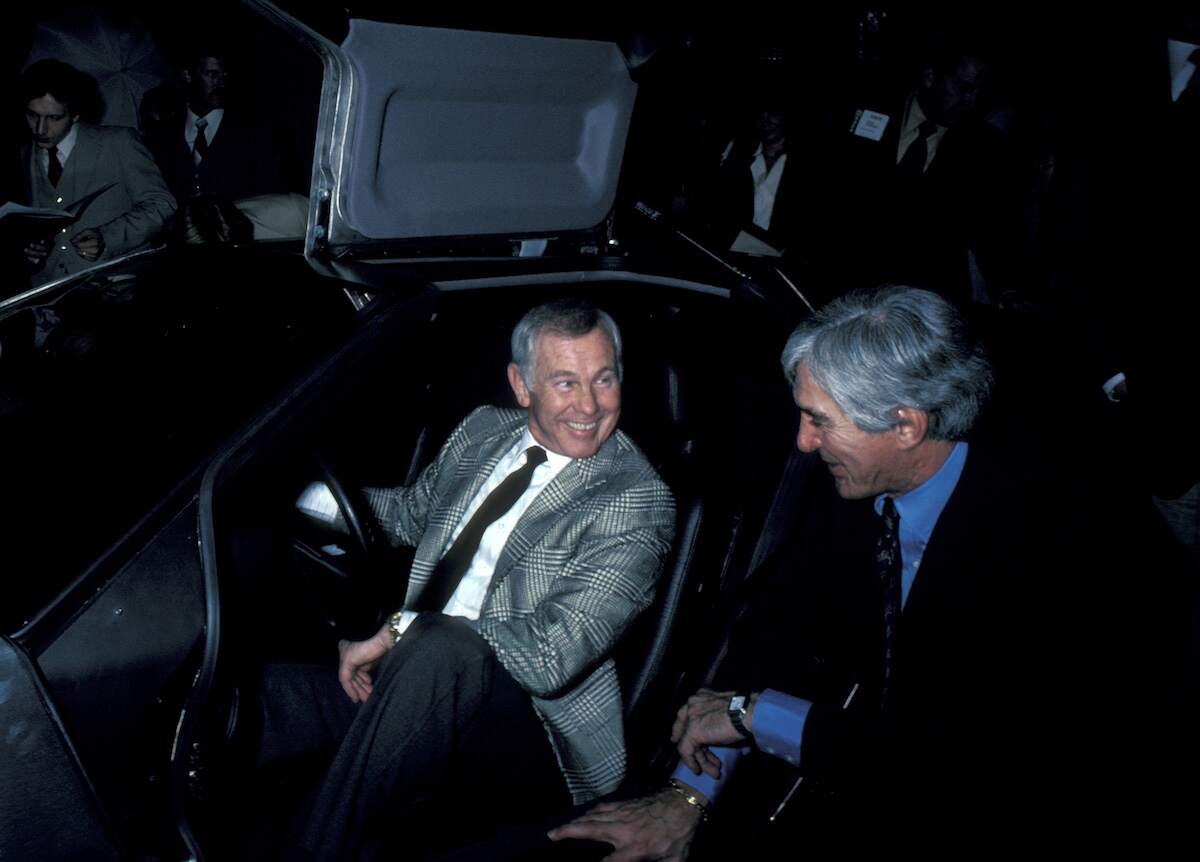
Johnny Carson, the long-running host of The Tonight Show, was an early investor in DeLorean’s vision. In 1979, the TV personality invested $500,000 (slightly more than $2 million in today’s dollars) in the rear-engined sports car company. Reportedly, John DeLorean wasn’t shy about name-dropping and leveraging the star’s contribution to attract other celebrities to invest. That list included crooner Sammy Davis Jr. and country music star and Hee Haw host Roy Clark.
A spokesperson for Carson later called the deal an “ill-fated investment,” The New York Times reported, and not just for monetary reasons, either. According to a government informant’s testimony, John DeLorean bragged that he and Carson had also collaborated in cocaine smuggling.
Although nothing became of the drug-trafficking reference — at least for Carson — the talk show host lost his entire stake when the DeLorean Motor Co. declared bankruptcy in 1982. A class-action lawsuit lodged by the group of investors wasn’t far behind, amid accusations of embezzlement.
Did Johnny Carson have a DeLorean car?
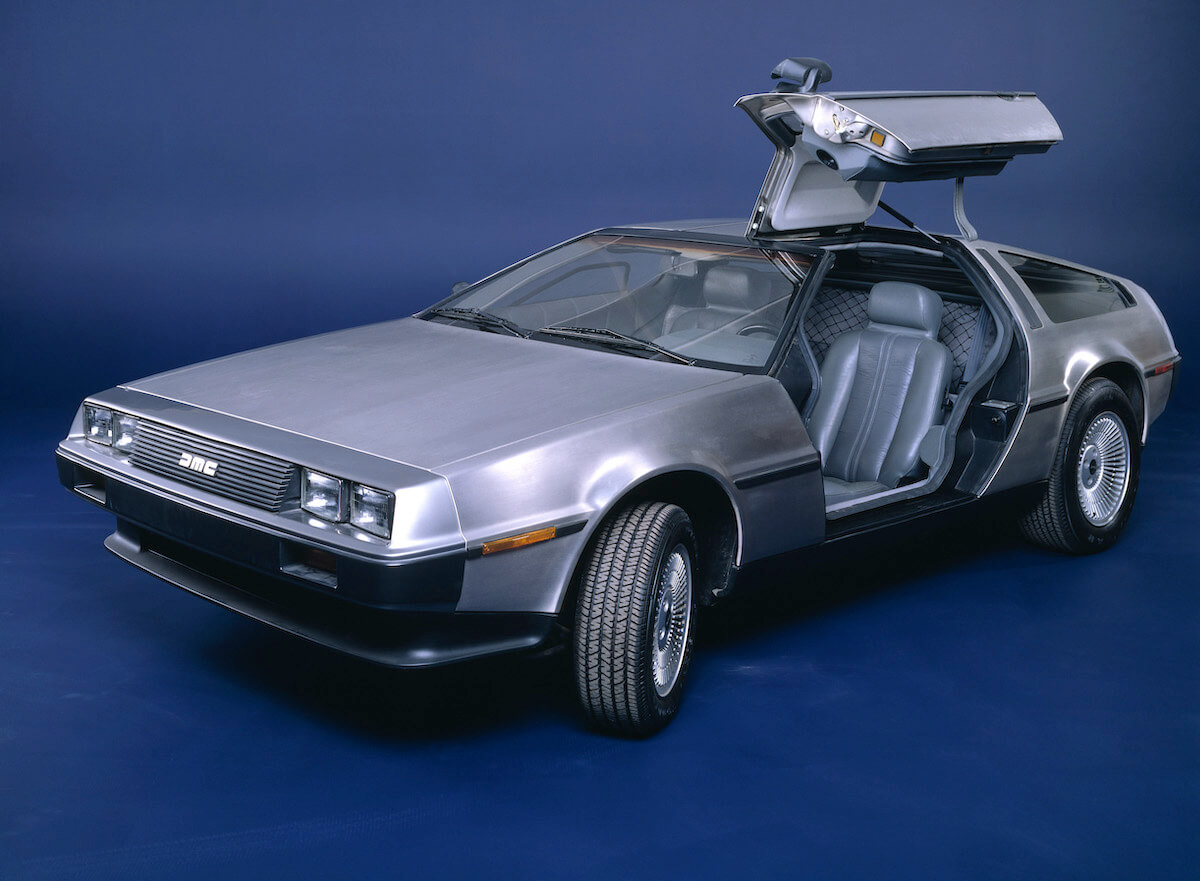
Investing a large chunk of money in DeLorean entitled Carson to a free “company car,” such as it was. DeLorean’s cars didn’t offer many options or color variations. Still, the late-night host’s example had a gray interior instead of black and a five-speed manual transmission instead of an automatic.
Carson’s successor on The Tonight Show, certified car nut Jay Leno, said the “free” DeLorean was not without a few issues. On Carson’s first journey in the stainless-steel miracle, the battery died. Without electrical power, the door locks ceased working, leaving the celebrity trapped inside the car until help arrived.
Another incident wasn’t so much the DeLorean’s fault as the operator’s. Reportedly, Carson drank a little too much wine with dinner at his favorite Italian restaurant and got arrested for DUI while driving home. Carson’s preferred vehicle at the time was a Mercedes 450SL, but for reasons unknown, he chose the DeLorean that evening. Inquiring minds still wonder whether the silvery sports car raised a higher profile with the police.
In 1985, Carson divested himself of the unlucky vehicle. In the ensuing years, it spent time in an Ohio classic car museum and several private collections. More recently, the low-mileage Johnny Carson DeLorean sold for a cool $110,000, plus a buyer’s premium, on the Bring a Trailer auction site.
How much is the original DeLorean from ‘Back to the Future’ worth?
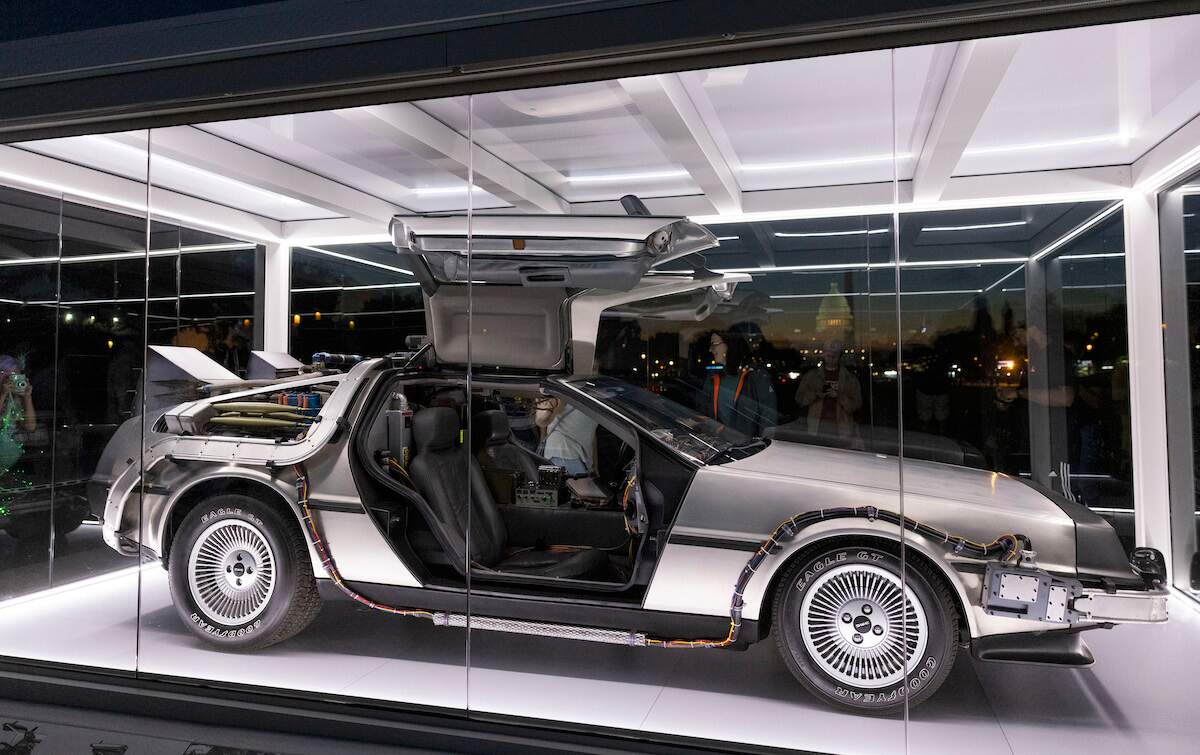
The Johnny Carson DeLorean isn’t the most famous example of the gullwing sports car. That honor goes to the time-traveling machine from the Back to the Future film franchise, perhaps one of the most iconic movie cars.
In real life, three DeLorean examples were used for most of the filming. The first was a “hero” car that was perfect in every detail and used for close-ups and beauty shots. The second was a stunt car for driving sequences. The stunt car only looked like a time machine externally but had a stock interior. Finally, a third “cutaway” car had portions of its body removed so cameras could shoot the interior scenes unobstructed.
After filming wrapped on the final Back to the Future movie, the cutaway DeLorean used for interior shots was dismantled. Reportedly, parts of that car have resurfaced in a Japanese re-creation of the time machine. The stunt car was destroyed in a collision with a freight train in Back to the Future Part III. That leaves only the hero car.
It was displayed at Universal Studios Hollywood for a time and is now at the Petersen Automotive Museum in Los Angeles. As a museum display that has never tested the market, it’s tough to place a value on the original Back to the Future DeLorean. However, it’s likely much more valuable than Johnny Carson’s old ride.
Who owns the rights to the DeLorean DMC-12?
After DeLorean’s bankruptcy in 1982, the remaining unsold cars, a large supply of unused parts, and all trademarks were purchased by Consolidated International, which you might know better as the Big Lots chain of discount stores. In 1995, Consolidated sold those assets to the Texas-based group DeLorean Motor Company (DMC). DMC continues to offer service, restoration, and parts for the iconic stainless-steel sports car.
Another lucrative perk of owning the DeLorean name is a 5% royalty paid by NBCUniversal on the sales of Back to the Future merchandise such as toys, posters, and even theme park rides. For a time, the royalties were paid to John DeLorean’s widow based on a 1989 agreement with DeLorean himself. Later, a 2015 lawsuit redirected that revenue stream to DMC, the trademark’s rightful owner. In December 2022, DMC filed a lawsuit against the media giant for failing to pay royalties. NBCUniversal has denied the allegations.
Finally, you won’t find a “DMC-12” nameplate anywhere on the sports car. That’s because “DMC-12” was an internal company designation. The moniker was never displayed in any customer-facing literature or advertising.
